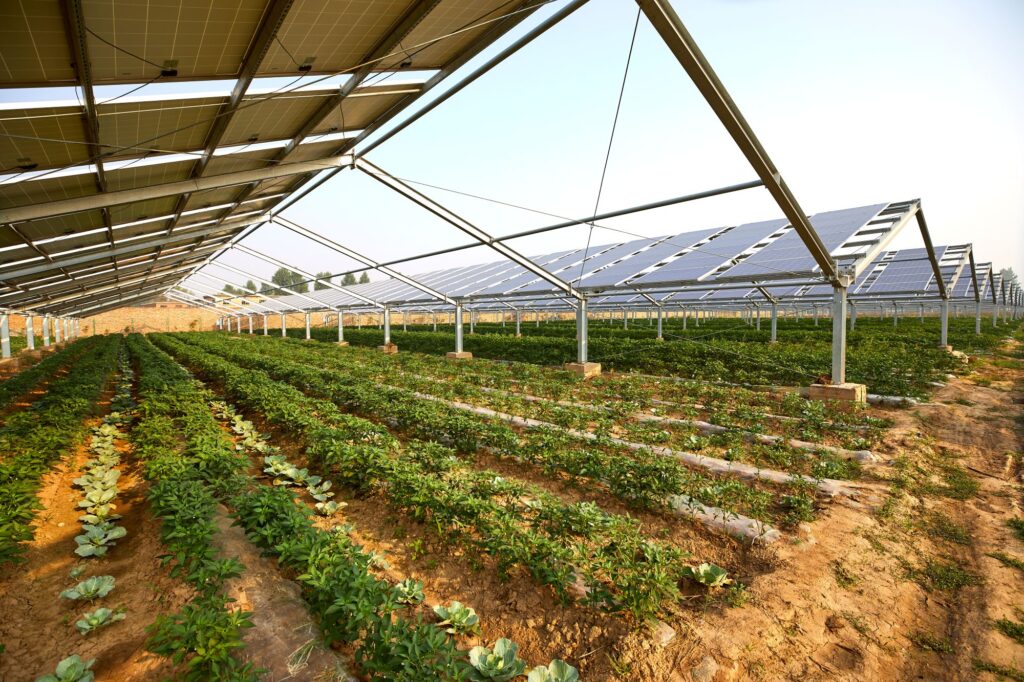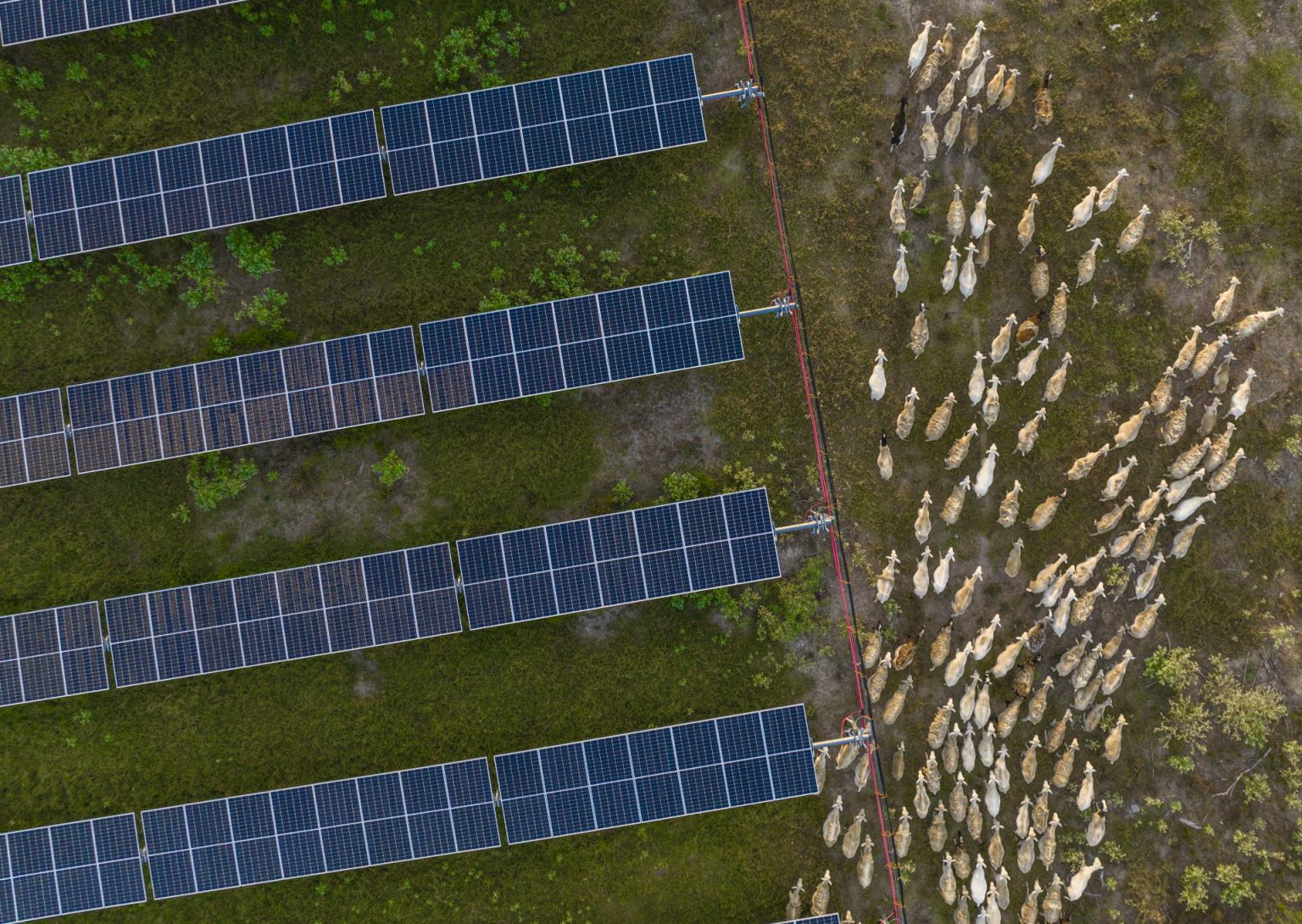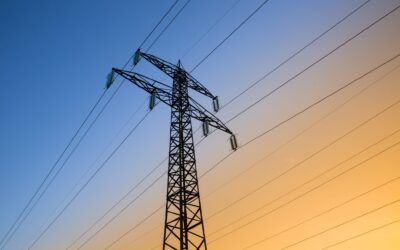By: Charlotte Hay and Shawn Rumery
Farmers are Under Pressure
American farmers are the backbone of rural economies, and a critical source of food for all American households. With all their value, it is alarming that farmers today are faced with serious challenges in not only keeping their farmland, but keeping it productive.
Farming is a tough job, and farmers often operate on slim margins. These challenges are exacerbated by rising costs across all aspects of farming (seeds, fertilizer, equipment, animal feed).
On top of this, there is a growing agricultural land ownership crisis. American Farmland Trust estimates in the next 15 years, more than 371 million acres are at risk of transitioning out of current farmer ownership, due to aging of farmland owners. However, high land costs and low financial returns are preventing new farmers from entering the industry. Unless new farmers can acquire this land, much of this may transition out of agricultural production.
Today’s farmers are in need of options that help keep their farmlands operating and in production.
Agrivoltaics is an Option Farmers are Interested In
Agrivoltaics, or the co-location of solar panels and active farmland, provides a promising option for farmers to reduce these pressures.
Not only is agrivoltaics an option, it is one farmers are interested in.
A first-of-its kind national survey on sentiment towards agrivoltaics by the Solar and Storage Industries Institute (SI2) finds, 70% of farmers are conditionally open to solar on farmland as long as their farms can remain productive.
By providing supplemental income, increasing resilience, and supporting crop yields, agrivoltaics can help keep farmland in production and revitalize rural economies.

Economic and Community Benefits of Combining Solar and Farmland
Agrivoltaics offers a way for farmers to generate additional income through lease payments or electricity sales, which may allow farm ownership to stay in the family. Studies show that leasing as little as 5-10% of farmland for solar can significantly improve farm profits and in some states, farmers can receive $500-$2,000 per acre annually. Agrivoltaics can also increase the economic value of the farm by more than 30%, compared to conventional farming alone.
There are reliability advantages to agrivoltaics as well. Localized power generation is a benefit that can also improve electricity reliability and reduce the risk of power outages in remote areas.
Rural communities that may lack diverse job prospects, also benefit from the employment opportunities that installing and maintaining solar systems provides.
Agrivoltaics is a Win for Crops and Livestock
In addition to financial benefits, agrivoltaics can improve crop yields. Research from the University of Arizona shows that when grown under solar panels the production of shade-tolerant crops increases in yield: tomato production doubled and chiltepin fruit production tripled.
Livestock also benefit from the shade provided by solar panels. By integrating livestock grazing under solar panels, farmers can reduce heat stress on animals and minimize costly vegetation management like mowing.

Next Steps for Agrivoltaics Adoption
While agrivoltaics can provide many benefits to farmers, challenges to broad implementation remain. The cost to install agrivoltaics systems is typically higher than that of traditional large-scale solar development, especially if traditional system designs must be changed to account for agrivoltaics elements. Agrivoltaic projects also require more collaboration and planning than traditional utility scale solar projects. The complexity and variety in zoning and land use policy may make permitting lengthier and more cumbersome.
Innovative options are needed to protect the future of farmers and farming. Agrivoltaics is an expanding area of research that can help farmers address these challenges and importantly help farmers keep farmland in operation.
SI2 is conducting research to identify barriers to agrivoltaics deployment and to better understand how challenges are addressed in the field. The team has executed a comprehensive survey of perspectives from stakeholders like farmers, developers and utilities and is moving into the next phase of performing case studies on agrivoltaics projects. Insights gathered will provide tangible solutions to farmers, developers, utilities, and all interested in agrivoltaics.




